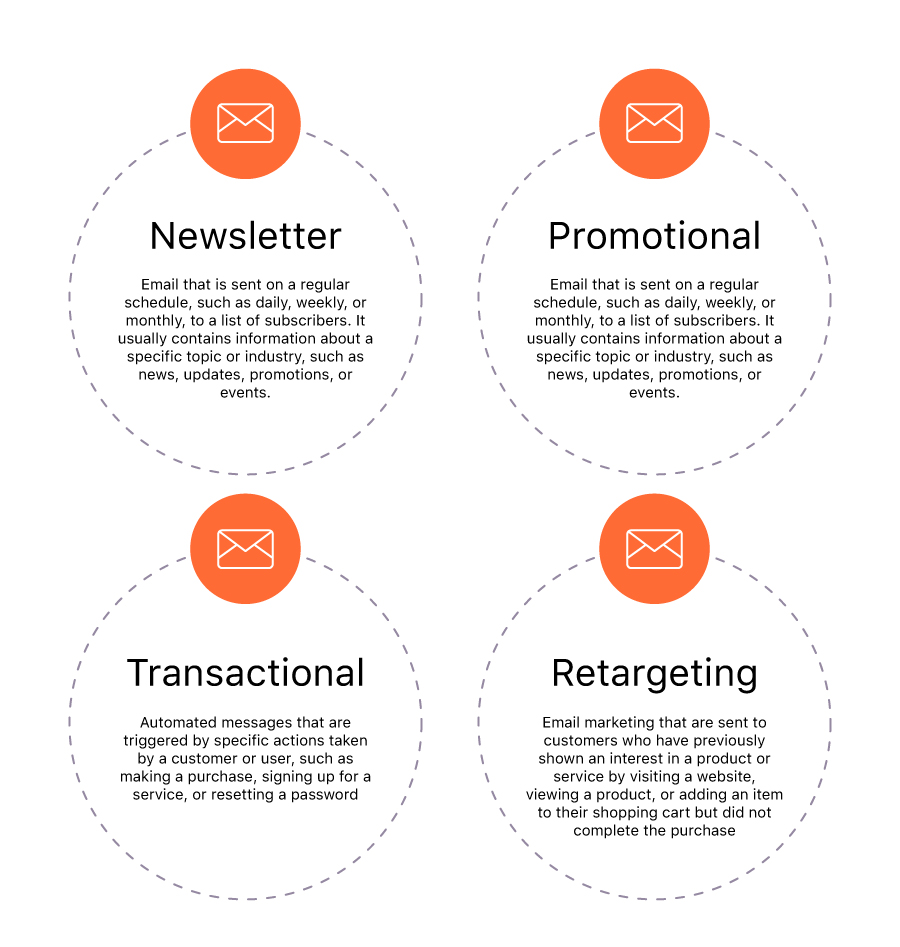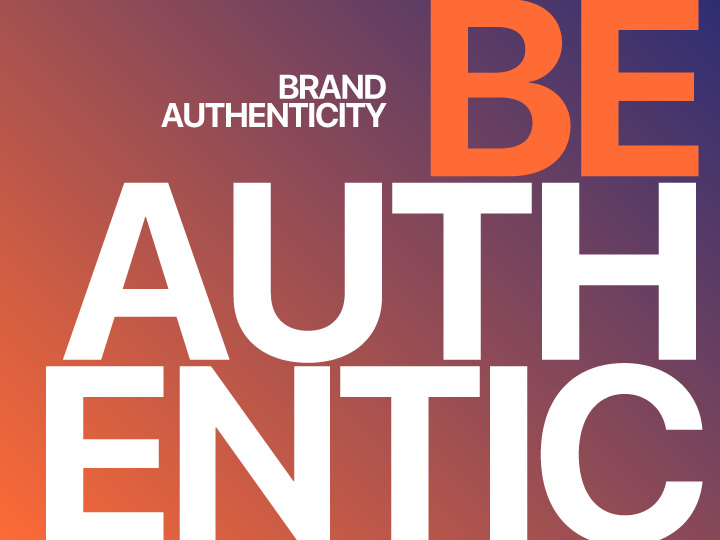WHAT IS THE VALUE OF EMAIL MARKETING
Today’s article is related to Email Marketing and answers key questions so that you can implement it to your marketing strategy. We are going to elaborate further on:
- What is email marketing
- Main advantages and disadvantages
- Types of email marketing and
- Various platforms- tools based on which you can start its implementation.
What is email marketing?
Email marketing is an advertising method used to send emails to your contact list, usually aiming on the promotion of your business’ products or services. Historically, the first email was sent in 1971 and included a series of numbers and letters. In 1978, it began to have a commercial purpose resembling today’s form.
It is an integral part of the company’s marketing strategy, creating a customer relationship, greater purchase intention and increasing brand awareness. You can implement all these by choosing different types of emails. Emails can include links to web pages, images, ads, marketplace features, and more.
An important reference is the fact that it can be used in the marketing strategy for both B2C (business-to-consumer) and B2B (business-to-business).
According to a recent survey conducted by Statista.com, the data is quite encouraging regarding the evolution of Email Marketing. More specifically, the revenue derived from Email Marketing is forecasted to increase by the end of 2023 up to 11 billion, while the number of consumers using it is expected to reach 4.6 billion by 2025. Currently, the number of users has reached an estimate of 4 billion users.
Key Email Marketing Benefits
Email marketing has many advantages, such as:
- It’s economical: It’s one of the most affordable means of advertising because you don’t need a lot of money to start an email marketing letter. The cost for email marketing usually depends on the size of the contact list, the amount of technical specifications you are looking for, and the level of customer service you want to receive from your email service provider.
- Measurable results: Email sending tools are able to record important figures that measure the success of each email. Indicatively, some of the key questions these figures answer are how many users opened the email, percentage of people who left the contact list, how many clicks were made.
- It helps to increase sales. Using a personalized message gives us the opportunity to get in touch with users from our contact list either for birthday and anniversary wishes or even as a welcome email. We can also get in touch with users who add some products to their cart but do not complete their purchase.\
- Increase Brand Awareness. The presence and appearance in the inbox list of messages results in the brand remaining top-of-mind. It is a way of communication throughout the day, as even if the user has not read the incoming emails, the sure thing is that he will see it.
- Increase Customer Loyalty. The use of email marketing positively influences and creates customer loyalty (increase customer loyalty).
Key Disadvantages of Email Marketing
Some of the disadvantages of e-mail marketing are:
- Spam Filters. Nowadays, there are several email providers, such as Gmail, Outlook, Yahoo and others, where each has their own filters to recognize emails if they meet their requirements. In case they do not meet the requirements, an email can be classified as Spam and be directed to the spam folder.
- Unsubscribe. The high frequency of sending emails has a negative impact on recipients. When you send emails on a high frequency, it is very likely that users will unsubscribe from the contact list.
- Double Opt – in. An important chapter in email marketing is the collection and creation of the contact list. It is necessary to make a double confirmation of registration by users about their joining in the contact list.
Types of marketing emails
There are several types of email marketing you can use to send emails to your contacts. Few of them are:
- Informative: These emails are meant to inform your contacts about specific news or events about the sector or industry where your business is located. Email is the ideal way to inform your customers from your contact list about important announcements of your business, launching new products.
- Promotional: These emails are meant to promote a specific product or service. A campaign can consist of 3 to 10 emails over a period of a few days or weeks. Promotional emails are distinguished as they have a CTA (Call-To-Action) button, for the reader to interact, such as landing on a page of a website / eshop.
- Transactional emails: These emails are intended to send the customer details about a transaction, confirmation, etc.
- Retargeting: An additional type of emails are those of retargeting. As can be seen from their name, their purpose is to retarget people from the contact list who have not carried out any recent activity.

Platforms for email marketing
There are many email marketing platforms that you can use to start communicating with your contacts. Some of them are:
- Mailchimp
- Moosend
- Klaviyo
- Hubspot
- Sendinblue
- Mailerlite
- GetResponse
- Converkit
- Mailjet
- Constant Contact
The above tools for sending your email, offer indicatively important statistical information and ease in managing your contact list.
Conclusions
In conclusion, it is worth mentioning again the high importance of sending emails as a marketing tool. It is evidenced by the fact that it is an old marketing tool. Regardless of the size of the business can be used to sell, promote and communicate to each member from the contact list. In addition, combining the advantages shows its great value as it outperforms the rest of the communication channels, such as Facebook ads, Google ads, Twitter ads, etc.
Stay up to date with the latest Digital News!
CONTACT US


